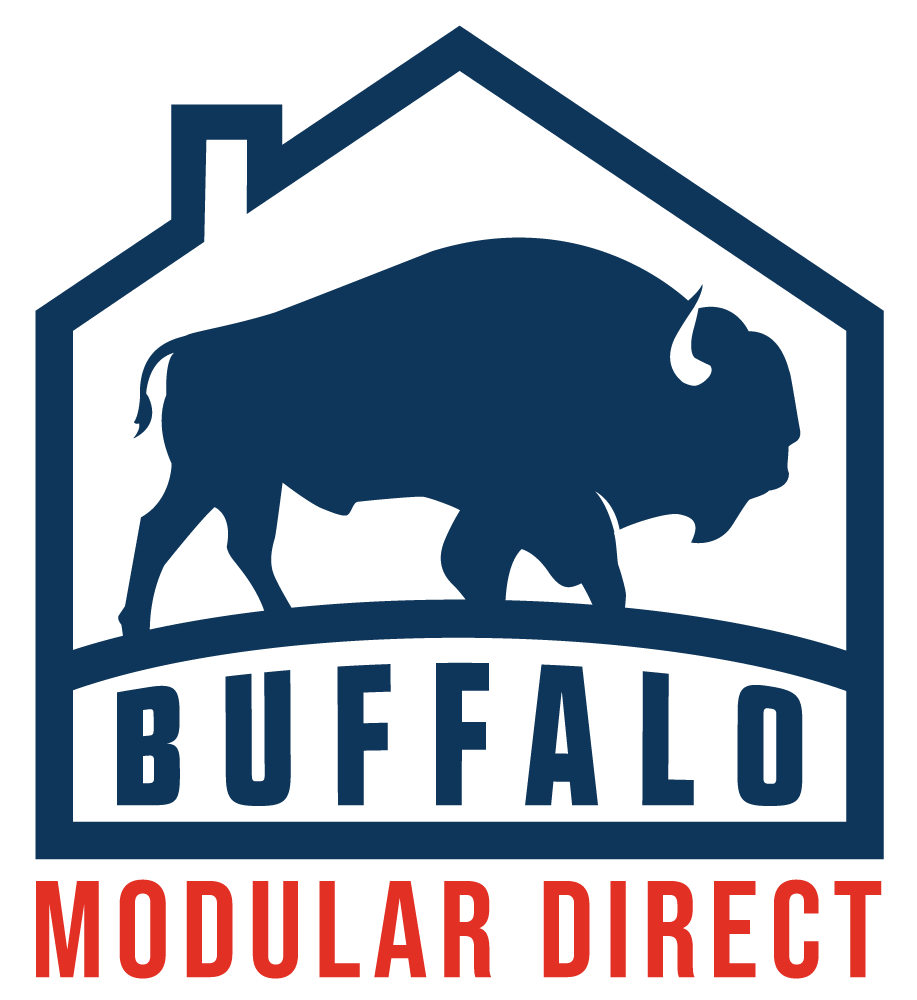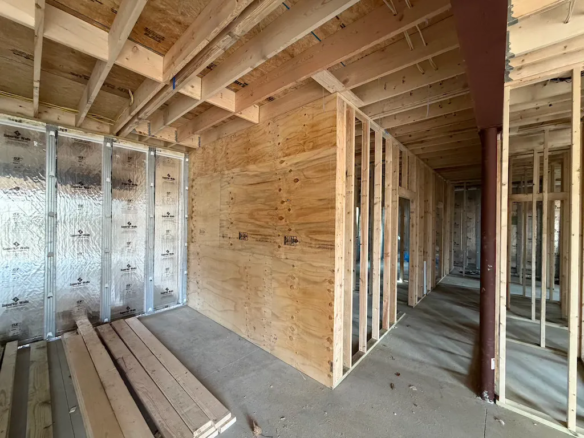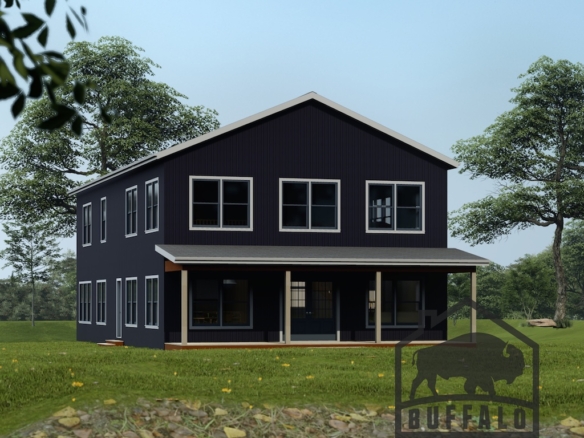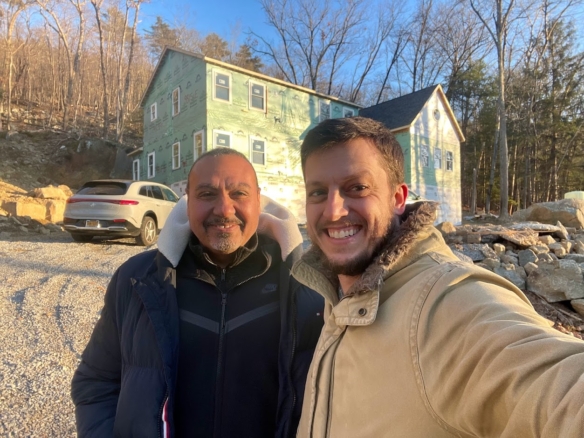 Modular Homes Go Greener
Modular Homes Go Greener
As builders focus more on sustainability, modular homes present new opportunities to go green.
By Maureen Blaney Flietner
Modular Homes
Photo: jetsongreen.com
Modular homes are built to the same local and state codes as traditional stick-built homes. The way they differ is how and where they are built, with some builders going well beyond eco-friendliness to new levels of sustainability.
Modular homes are constructed as three-dimensional “modules,” or boxes. Each module is fully complete with electrical, plumbing, drywall, and some fixtures. The modules are built to design specifications. Instead of being “stick-built” on a home site, up to 90 percent of a modular home might be “systems-built” in a factory, then transported to the site, assembled, and finished.
A modular home has few, if any, design limitations. The average modular home contains three or more modules, but many contain five to ten modules. Modular homes can be built and configured to meet nearly any shape and size, at all price points, from entry-level and multifamily housing up to million-dollar mansions.
Because they are factory-built, modular homes have several eco-friendly advantages over site-built homes. Factories provide a secure and dry construction environment. Computer-assisted drawings and the efficiencies of the production line allow for more precise access to and use of materials. Because everything is based at one site, certain materials can be purchased in bulk and any excess materials can be reused onsite. When modules are transported to the site to be assembled on a permanent foundation and completed, there is less environmental disturbance.
Stick-built construction must deal with problems associated with an outdoor site. There may be a large amount of waste as materials left unused are often disposed of instead of recycled. Inclement weather and inadequate storage can damage materials. Lumber and other supplies must be dealt with where they are dropped off by supply trucks. Open sites are vulnerable to theft and vandalism. Also, those working on the house must deal with inclement weather, such as cold, high heat, high humidity, and rain.
New Certification Process
“The new green aspect to consider is that the industry is working closely in developing the only green certification process for manufactured and modular homes,” says Thayer Long, executive vice president of the Manufactured Housing Institute in Arlington, VA.
“These homes will be built to the National Association of Home Builders green building standard that site-built homes also will meet,” Long says. “In addition, the new industry process will include certifying that the home meets Energy Star requirements.”
LEED Verification
Some modular home companies are already pushing the green envelope. One company is LivingHomes of Santa Monica, Calif. It distinguishes itself from traditional modular builders by integrating a comprehensive environmental program in all of its homes, says CEO Steve Glenn.
“LivingHomes include sustainable building materials, technologies and fixtures that minimize energy and water use and that generate energy from renewable resources, as well as materials that reduce indoor air pollution,” he says. “We also design our homes to maximize natural light and ventilation. All LivingHomes are built to receive a U.S. Green Building Council LEED (Leadership in Energy and Environmental Design) rating of Silver or above to verify that they are built in a sustainable way.”
Taking eco-friendliness to new levels, these modular homes use sustainable materials for framing, exterior or interior cladding, floors, cabinets, and countertops. They are even built with greywater-ready plumbing, which means there is separate plumbing from sinks, showers and laundry that can be filtered and reused to irrigate landscaping.
There are also other green options available. Homeowners can consider a home resource monitor to track energy savings, an automatic kitchen composter to process food scraps, moveable walls to create flexible living spaces, a solar water heater, a rainwater collection system, and geothermal heating and cooling.
Construction costs vary. Glenn says customers should expect to see cost savings if they compare prices with stick-built homes of comparable design and quality. The LivingHomes web site notes that its homes range from $180 to $250 per square foot not including design costs, which are 10 to 15 percent of the budget, or permit fees, engineering, transport, installation or foundation.
Green Convergence
One cutting-edge modular home company is merging traditional design with state-of-the-art green elements: New World Home, which was co-founded in 2007 by Tyler Schmetterer and Mark Jupiter and is based in New York City with an office in Atlanta.
Schmetterer, now chief marketing officer, says there are two primary differences between the company’s New Old Green Modular® (NOGM®) home and an ordinary modular home. “First, a NOGM is based on a historically inspired traditional design that evokes the spirit of the past while respectfully integrating all of the modern conveniences and amenities afforded by the 21st century,” he says. “Second, a NOGM home utilizes a whole-systems approach to design, incorporating the most stringent green standards, products and practices in the industry. As a result, a New Old Green Modular home approaches USGBC LEED for Home Platinum certification directly out of the factory.”
Schmetterer says NOGM homes are specifically designed on a regional basis and incorporate climate-specific energy requirements that exceed local energy code requirements. In addition, the design fits in naturally with its surrounding landscape and community. “It is a home that pays homage to the local architectural vernacular instead of contradicting or ignoring history as is so often the case with new construction, modular or otherwise,” he says.
Among the fundamental green aspects the homes incorporate are being USGBC LEED for Home certifiable in Silver, Gold, or Platinum, optimal-value engineering to reduce lumber usage by 15 to 20 percent, 90-plus percent of lumber sourced from sustainably harvested forests and third-party verified, an advanced metering system that monitors resource consumption on a real-time basis, and integrated water collection systems for irrigation. The company has produced LEED Platinum-certified homes in New York and Georgia.
Schmetterer says one company objective is to develop housing solutions with a 0 percent upfront premium for green products and features. “Customers are then able to fully realize the many cost and maintenance advantages of owning a NOGM-certified home, starting with a minimum 50 percent energy consumption savings starting from day one. Any premium associated with our homes is directly correlated to design-related options and not the many green features.,” he says.
Another innovative modular manufacturer, Boston-based Ecohealth Homes, a division of Chatham Hill Residential Design and Build, LLC, focuses on producing environmentally friendly and healthy homes with a historic New England aesthetic.
Ecohealth Homes’ creator, Michelle Roberts, worked with the nonprofit National Center for Healthy Housing (NCHH) to specify materials and products for the homes. Specifications address occupant safety, such as single-lever faucets, double-hung windows for upper floors, and built-in escape ladders — things many green building programs ignore, says Roberts. Each home will be inspected throughout the modular manufacturing process by a third-party to ensure all specifications are met. “Building homes that are both sustainable and healthy requires a new way of thinking,” Roberts says.
Disclosure: BobVila.com participates in the Amazon Services LLC Associates Program, an affiliate advertising program designed to provide a means for publishers to earn fees by linking to Amazon.com and affiliated sites.
this article can be found here: https://www.bobvila.com/articles/454-modular-homes-go-greener/
[su_button url=”buffalomodular.com/modular-home-prices” background=”#E23024″ size=”5″ center=”yes” radius=”2″]Get Started![/su_button]




